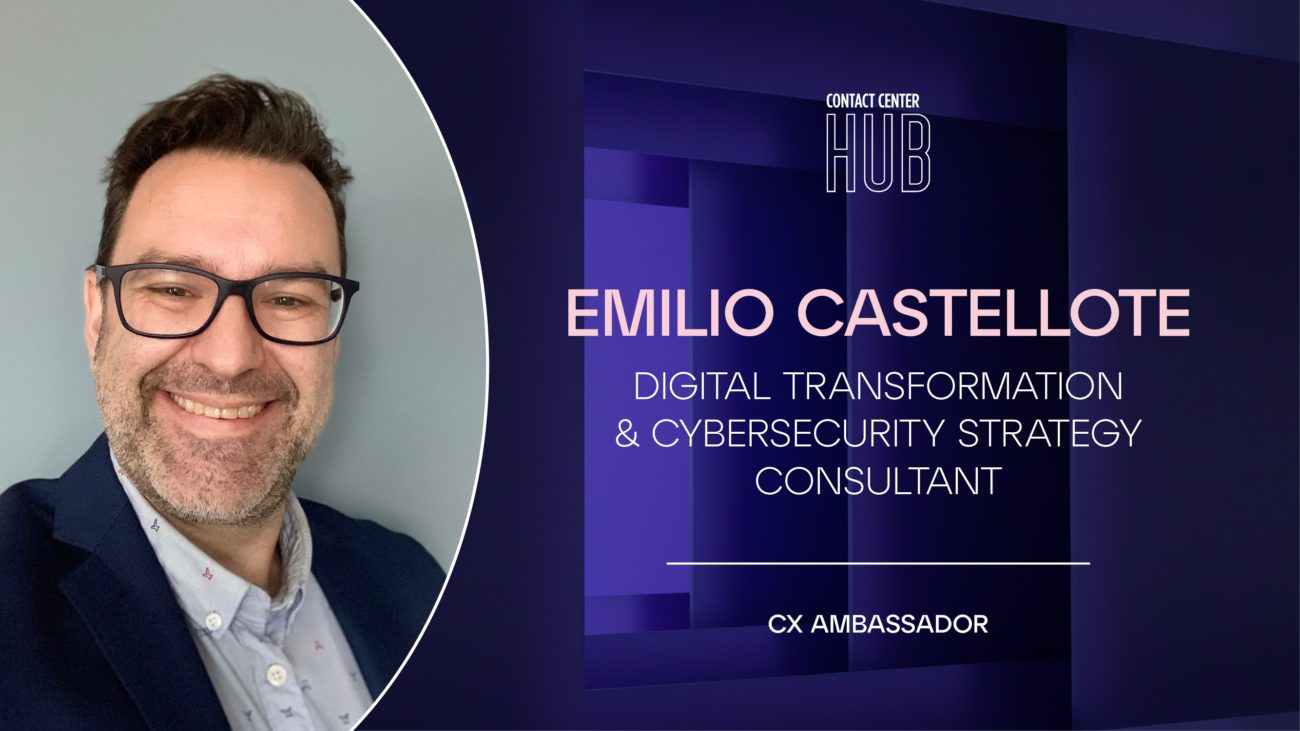author: Emilio CastelotBusiness Transformation Strategy and Cyber Security, Senior Consultant and CX Ambassador for Call Center
For years we have been accumulating all kinds of knowledge and information. Now is the time to learn not to learn to avoid becoming”Diogenes’ knowledge.
Much of the knowledge gained over the past decade has helped us be more efficient, and teach us to optimize time to be more productive.
Society is immersed in constant change, and Companies are striving to re-adapt their business models to the new digital realitycreating a completely different market.
relationship with the client, It has passed 180 degrees. Previously companies took the first step in a business relationship and now customers usually take that first step.
Work environments have evolved to adapt to new relationships with clients. They had too Solve a match of 5 different generations running simultaneously In a very heterogeneous business system.
The current learning model encourages intergenerational learning, the exchange of knowledge and skills in order to adopt a new way of working and a more flexible and personalized relationship with the client.
Training should help completely different people, in cultural heritage and generations, to find a common goal where each one contributes to the empowerment part. It is necessary to acquire new skills and ways of workingwhich initially means doing a function devoid of information.
What does this de-learning process consist of?
The habits and beliefs that have developed over the years determine the way people think, make decisions and act.
Letting go of learning is an act of consciousness that helps people understand that, like technology, it has evolved because it has left behind outdated technological advances, They must leave behind certain knowledge and habits from the past to open up to new ones.
Learning to manage knowledge obsolescence will be one of the main areas of training development in companies, as it is a key factor in adapting to change and, accordingly, has a direct impact on a person’s attitude.
The famous formula already says “v = (c + h) x a“which determines the value of a person (V) as the sum of the knowledge acquired (C) and the skills developed in the application of said knowledge (H) and where the attitude towards any situation (A) is the multiplier of a person’s value.
The speed of changes that society and businesses are going through means a rapid ability to adapt, incorporating new processes and capabilities to develop.
Not conscious learning may seem like a step back in this amazing race for change, but it will be necessary to keep pace with the frenetic pace of new knowledge, skills, and attitudes that the near future holds.
Item photos: Element5 Digital photo on Unsplash

“Beeraholic. Friend of animals everywhere. Evil web scholar. Zombie maven.”


